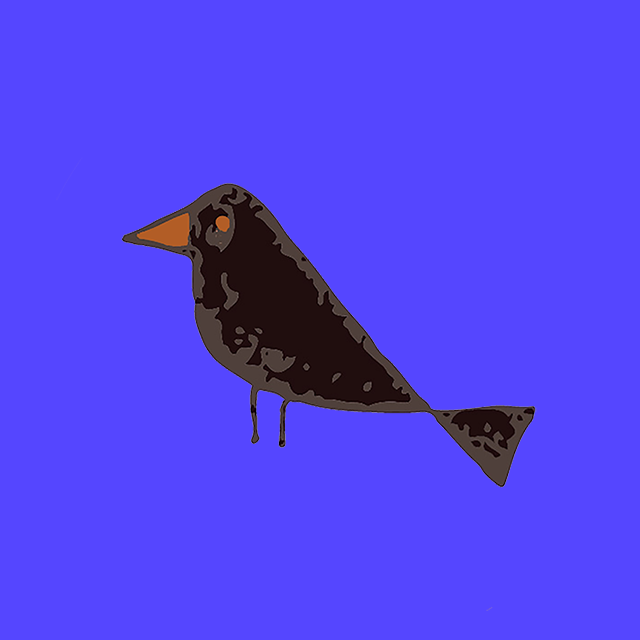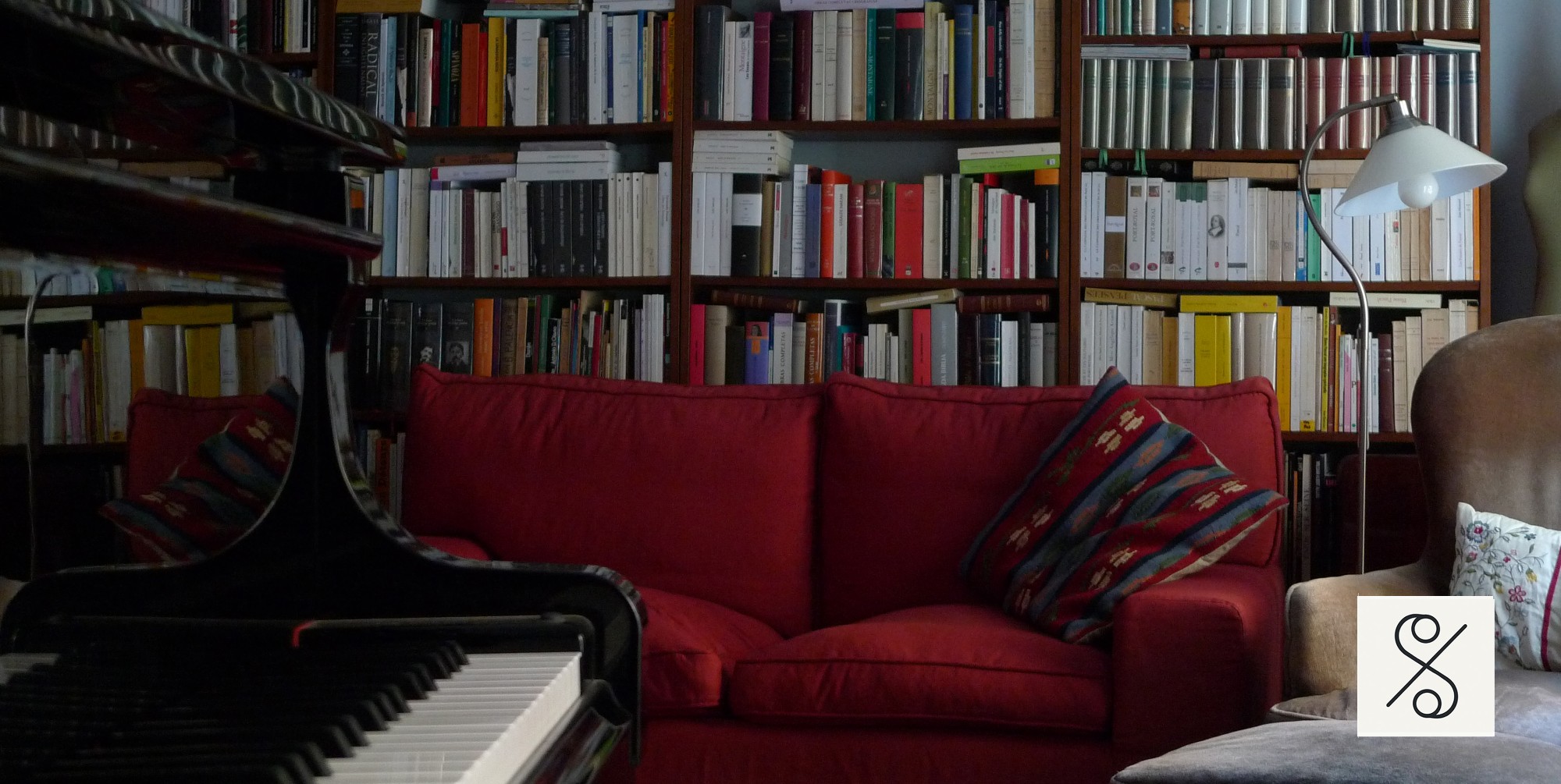
May 27•7 min read
Art Digital Assets - 1. Defining Art Works as Digital Assets

Are professional artists using the web for promotion, or rather to provide valuable content they should be paid for? Is Intellectual Property a value? How can artists get compensated for the work they bring to the web? How can Art work digital files can become assets, in order to be "tokenized"? This is the first of a series of articles to answer these questions.
Artist as content creators for the web 3?
First, let's consider the kind of art works we find on the web, and what is the role of artists on the web.
Artists, musicians, and writers come to the web like any user, and sometimes like any other digital content creator. Nevertheless, Intellectual Property - as well as the fair compensation for creative contents - has been ignored by the technological giants of the Internet 2.0 . The most popular platforms like Youtube pay content creators just for the number of consumers of ads they provide, and this is the only criteria to value any content. Hence, what is being monetised is not the quality of content but the ability to please and attract users for the benefit of Youtube and advertisers. It is well known that marketplaces benefit much more than authors of the content they market. Actually, so far, all content creators - including extraordinary professional artists - have been encouraged to participate on the web in exchange for some crumbs.
This has been as unfair as widely accepted by new and well established professional artists. Since this was unprecedented, we have all been adapting on the go to what the Internet offered. As a writer myself, for a few years I liked the idea of reaching at my audience on Youtube and other social media. I even considered providing some of my contents for free as part of my calling to spread the passion for classical music that leads all my work; and so I did for a while, despite the fact it was an exhausting practice, and also desperately time consuming from the creative point of view.
No artist could imagine that the Internet could be a place for real business. I recently heard Bernhard Kerres reminding classical musicians that the Internet is a place for promotion, but never for real professional deals. And one must accept that this has been the actual situation up till now. Most professional artists know that already, and this was confirmed by a recent survey of our own*. One very clear answer from a visual artist was: “I am aware of the artists' rights, and what I show in the Internet is either protected or not significant for me to spread. On the the other side, it helps me to share opinions and keep contacts. […] Some people contact with me to use the images in my web -usually for educational purposes. I have been proposed through Facebook to do an exhibition, but real contacts and business is outside, in the real world, as I see it. I think most of the "offers" for artists in the Internet are just a way to help others make money.”
Knowing this, could we infer that the huge amount of art content that we can find on the web 2.0 is very little compared with what professional artists can bring to the Internet if they could benefit from it? What if the Artworks in digital files could become Digital Assets for their authors to make deals with, like they do in the physical world?
As we progress towards the Internet of Value, we have to re-think many concepts, and unveil new opportunities for artists, since works of art can become valuable digital assets. I envision real promising times for artists on the web3!
Works of Art as Digital Assets?
Work of Art . [The Oxford Dictionary] “A painting, sculpture, poem, piece of music, or other product of the creative arts, especially one with strong imaginative or aesthetic appeal.”
[Wikipedia] “A work of art, artwork, art piece, piece of art or art object is an aesthetic physical item or artistic creation. Apart from "work of art", which may be used of any work regarded as art in its widest sense, including works from literature and music, these terms apply principally to tangible, portable forms of visual art”
Asset . [The Oxford Dictionary] “A useful or valuable thing or person.”
Digital Asset . [Wikipedia] “A digital asset, in essence, is anything that exists in a binary format and comes with the right to use. Data that do not possess that right are not considered assets. Digital assets include but are not exclusive to: digital documents, audible content, motion picture, and other relevant digital data that are currently in circulation or are, or will be stored on digital appliances such as: personal computers, laptops, portable media players, tablets, storage devices, telecommunication devices, and any and all apparatuses which are, or will be in existence once technology progresses to accommodate for the conception of new modalities which would be able to carry digital assets; notwithstanding the proprietorship of the physical device onto which the digital asset is located.”
Therefore, if “a digital asset, in essence, is anything that exists in a binary format and comes with the right to use”, art works need to be uploaded as digital files and come with their proper right to use (a license of use) in order to become digital assets.
Uploading a digital file is something that many authors/artists can, and usually do, on their own. But you can also find artist that may need digital editors with refined skills to make the digital file even more valuable. An example of this might be a musician/performer who uploads a digital file filmed and edited by a professional. It is my belief that, in the future, good digital editors may become much more relevant, since we progress towards contents as valuable assets. Thus, art digital files may include different kind of authors as owners. I will certainly reflect about this more in upcoming articles.
For now, let's remember that only by defining the license of use, such file becomes a digital asset. Therefore, when the author/artist/I.P. owner of an artwork wants to make a digital copy available on the web as an asset, he/she just needs to upload it with a license of use.
Nevertheless, it is an essential component of the license that such author is effectively the owner of rights to use it. The person who uploads an art work has to the web as a digital asset must be the actual author of the art work file. You cannot license for any use if you are not the owner of the file.
Therefore, on the definition of Digital Asset above, a previous problem is overseen: copyrights ownership. On the web 2.0 it was actually difficult for artists to declare Intellectual Property ownership (you had to rely on the physical world's solutions for that); and so far, it has been nearly impossible to defend the ownership of art creations on the web. Intellectual Property - like many other fundamental rights - has been override, making it nearly impossible to control and defend the use of copy-rights.
Professional artists and digital contents creators first need to claim Digital Assets ownership and control their use. Blockchain provides new, easy, immutable, and timestamped IP Registries. As well as that, Smart Contracts can make it easy to execute licensing agreements for artists to bring their artworks on the web with a license of use. In the next article of this series, you can know more about this.

by Georgina Mauriño, founder of Smartists, “Bringing together Artists and Art users on the Internet of Value”.
* The team building Smartists, is leading some research for the development of a more useful DApp connecting artists and art-users fo communicate and deal with benefits for all.
